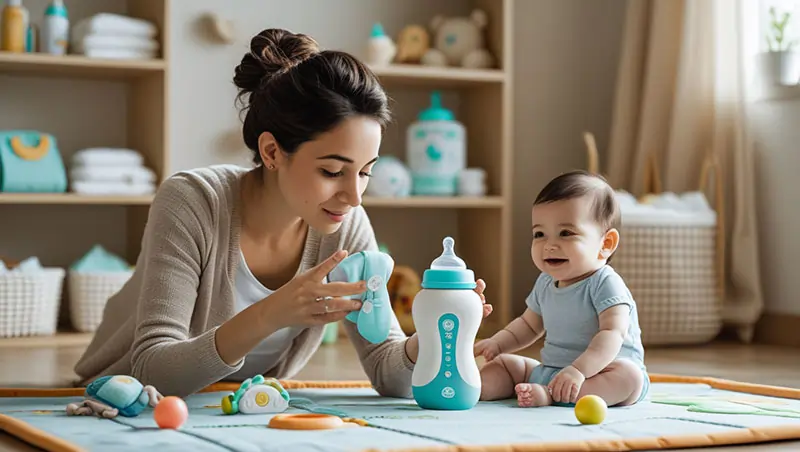7 Tips & Tricks to Make Your Kid’s School Lunchbox More Appealing
“School is back in session, and so is lunchtime. But one thing stays the same: school lunches can be a real struggle. That’s why we created Lunchbox—a simple, healthy, and convenient way to get kids to eat their meals. It’s fast, fun, and easy to use. Just add the ingredients you want to eat, then shake it up.”
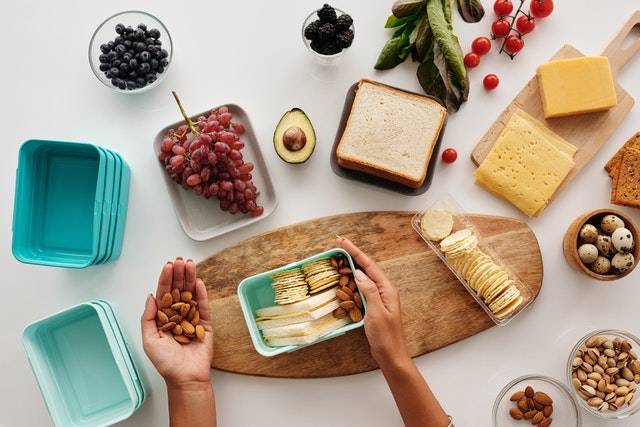
With all of the healthy foods available today, it’s hard to find a lunchbox that doesn’t look like something from a hospital. That’s why I have decided to do something about this problem. These 7 tips and tricks will help you to make your kid’s school lunchbox more appealing and to make them eat healthier food.
1. Get Children’s Minds in the Mood for Eating
So, the first step is to find a fun way to get your kids excited about eating. Start with a pleasant mealtime routine, and stick to it. For example, when you start a mealtime, say “How was your day?” and listen to their answer. Then move on to a new topic, such as how many steps they walked that day.
The key here is to keep the conversation going while making sure to stay positive and light-hearted. When you start talking about something negative—like your day—they might feel pressured to speak about it too, and then you’ll lose your chance to get them in a positive frame of mind.
2. Make Lunch a Time to Remember
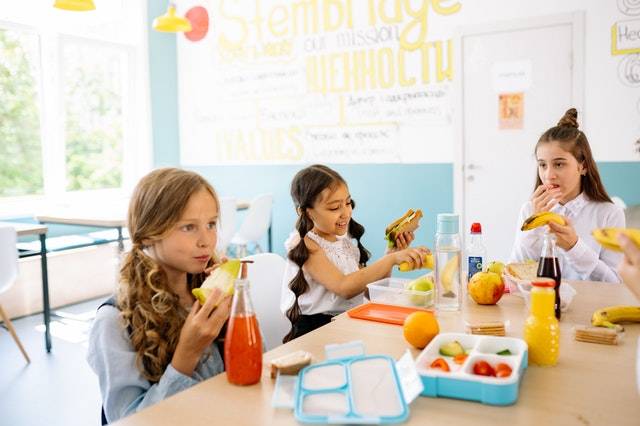
“When you make lunch a time to remember, the time is spent at school—not at the stove,” says Tristan Miller, the creator of Lunchtime, a popular blog and book on making lunch a fun experience for kids. “It makes it more likely that your child will choose to eat a healthy lunch rather than a quick meal or snack from a vending machine.”
3. Keep Food Fun and Interesting
Kids tend to be more motivated to eat their lunch if the entire meal is fun. If they’re hungry, they’ll eat. But if they’re bored and hungry at the same time, you have a winning combination. Use that to your advantage by adding an element of fun to the lunches your kids bring to school. They’ll be excited to eat and will want to come back for more.
4. Add Color and Flavor
The next lesson is about colour and flavour. When you add a little of either of these elements to your kid’s lunchbox, you’re increasing the number of things they can eat while keeping their attention. A few other suggestions: a) try different colours of apple slices or carrots; b) use a variety of different flavourings like peanut butter, honey, and jam; and c) use different shapes and sizes to keep kids interested.
5. Build a Healthy Snack Culture
What can you do to create healthy habits for your kids that stick? The first thing to do is to make sure they understand the importance of nutrition. The best way to teach this to kids is to be positive. When kids see that they have something to look forward to, they’re more likely to keep up with the habit. It also helps to use incentives, like rewards and discounts, to keep them motivated and in this case, chocolate is the best reward you can give to your child.
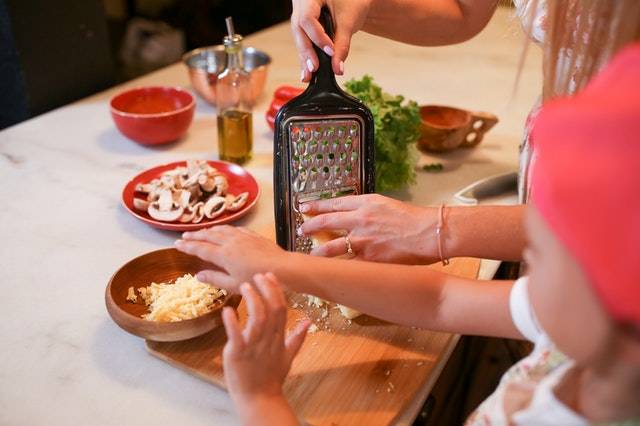
One of the easiest ways to start building healthy eating habits is to establish a snack culture at home. Snack culture isn’t about getting rid of all snacks or creating a “no-snacking” zone, but rather about having treats that are healthy and make sense.
6. Provide More Than Just Bread and Milk
A quick story about how I’ve used this. Our kids are only 3 and 5, so their diet tends to consist of a lot of bread and milk. I know this is the easiest way to feed them and it’s certainly healthy, but I’d like them to eat more vegetables and fruits.
To encourage them to eat more healthy foods, I created a small food guide that contains mostly vegetables and fruits, a few healthy snacks, and a few drinks. The kids love seeing this because it gives them a chance to choose the best foods that they want. Now we have a fun and healthy eating experience for them.
7. Involve Your Whole Family
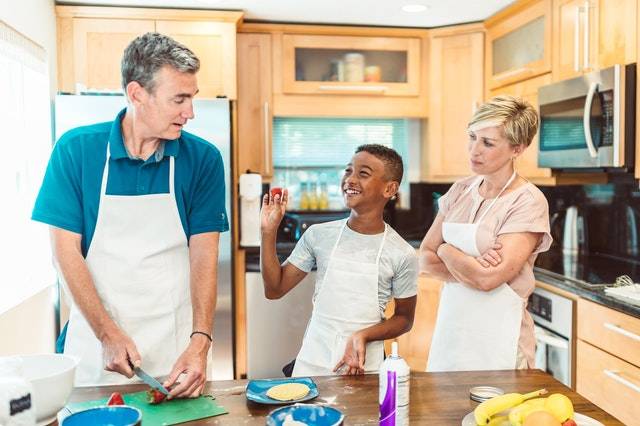
While you may think it’s a pain to involve your family in the kitchen, it’s a great way to teach kids about nutrition. And when you have kids, they often eat better than you do. When kids are in the kitchen, they don’t have the same mental block about food. They see what goes into the dish, and they don’t have the same hang-ups about what is on the plate.
Conclusion
In conclusion, the food they eat during the school day has a big impact on how well kids learn. The foods they are eating today—from lunchboxes to cafeteria meals—may not be what they will be eating tomorrow.
This means that even if you are not directly responsible for packing children’s lunches, it is your job to ensure that the foods packed into their lunchboxes are nutritious and appealing. A recent study by Harvard researchers found that schoolchildren who ate lunch at home were more likely to score higher on reading tests than those who brought their lunch from home.

